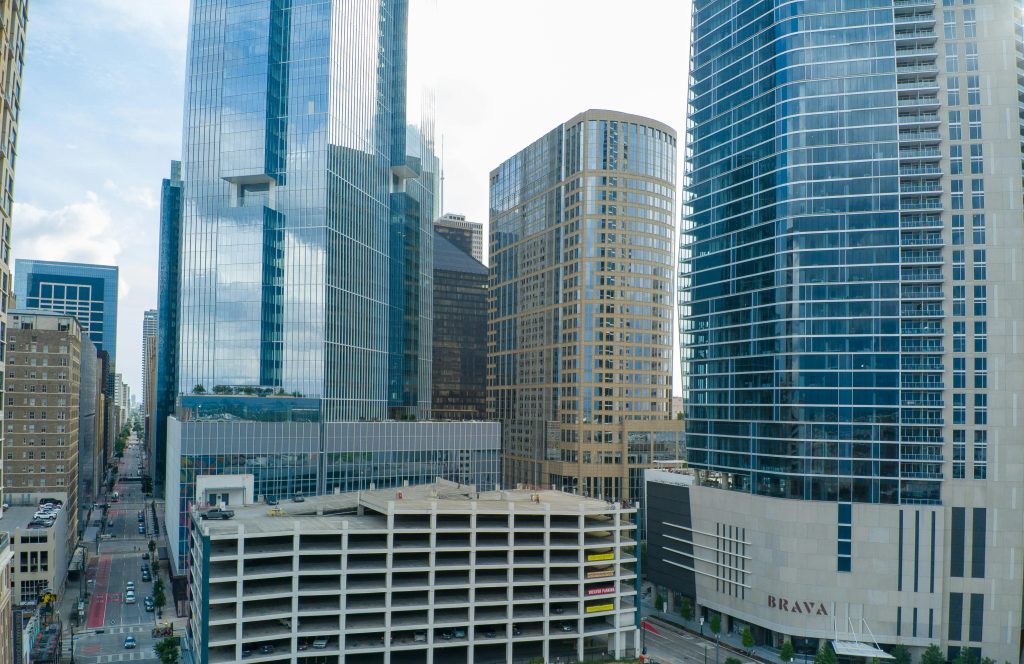

Applicants for the EB-2 visa, an employment-based visa, are categorized based on their skills, background, and knowledge. An EB-2 green card is available for those foreign workers who fall into the United States’ second preferred category. They are available for individuals who fall into the following EB-2 visa categories. One of the requirements for EB-2 visa applicants is having a job from a sponsoring U.S. employer. The remaining requirements are outlined in the guide below.
The EB-2 can be divided into the following subcategories:


EB-2 Requirements
Immigrants seeking an EB-2 green card under the Exceptional Ability or National Interest Waiver categories must additionally meet at least three of the following requirements:
EB-2 Category Process
To successfully receive an EB-2 green card, applicants and their employers must follow a three-step process.
EB-2 Priority Date Retrogression and Consular Processing
It changes over time depending on how many visa applications are being processed. Applicants need to be aware of retrogression in the priority date. It occurs when more applicants for an EB-2 green card are available than the allocated green cards. When applicants can proceed to the final step, they may follow one of two different procedures.
Consular Processing
If the applicant is not in the United States, they must be interviewed at a U.S. Consulate office in their home country. The consular office will process the application from there and determine whether the individual qualifies for an EB-2 green card.
Consular processing is done through a one-on-one interview with a consular officer who will ask specific questions about your employer, your occupation, and your arrangements in the US. If the officer clears you, you can travel to the US and get stamped as a legal permanent resident.
Adjustment of Status
If the applicant is already in the United States on a different visa, they must adjust their status to the EB-2 using Form I-485.
Applicants will then be told to go to a USCIS Application Support Center for security processing, which generally requires fingerprinting and taking your picture. Some applicants may be required to attend an interview. The final decision will be mailed to the applicant once it is available.
How Long Will the Total Process Take?
The total processing time varies tremendously depending on your country of origin and the service center that processes your I-140. On average, however, the petition takes about six months to process.
If you are required to get a PERM Labor Certification, that could take anywhere from eight months to two years depending on whether or not your employer is audited after the recruitment process. To ensure the best chances of avoiding an audit, make sure you work alongside an immigration attorney.
If six months is too long to wait for your I-140, you may consider opting for the premium processing service. The USCIS offers this optional feature and shortens your petition processing time from about six months to 15 calendar days for a fee of $2,805
Once USCIS approves your petition, you must wait until your priority date is current. For most countries, the date will be current as soon as the petition is approved. However, for EB-2 processing time for India and China, the dates may not be current for several years. The only way to expedite this process is to port your green card petition from EB-2 to EB-1, which is no easy task.
After your priority date is current, you can submit your I-485, which will take around six months to process. Again, like the I-140, this depends on the caseload of your service center.
All told, without premium processing, the total EB-2 processing time can range from a year and a half to several years. Because this varies from case to case, speak with your attorney to better understand how long you can expect to wait for your EB-2 visa.
How Can Our Immigration Attorneys Help?
Our immigration attorneys have extensive experience in helping EB2 Green Card applicants. Our immigration law firm advises and guides you before, during, and after the visa application process. We also help you make the best decisions when seeking a green card permanent residence on an EB2 Green Card.